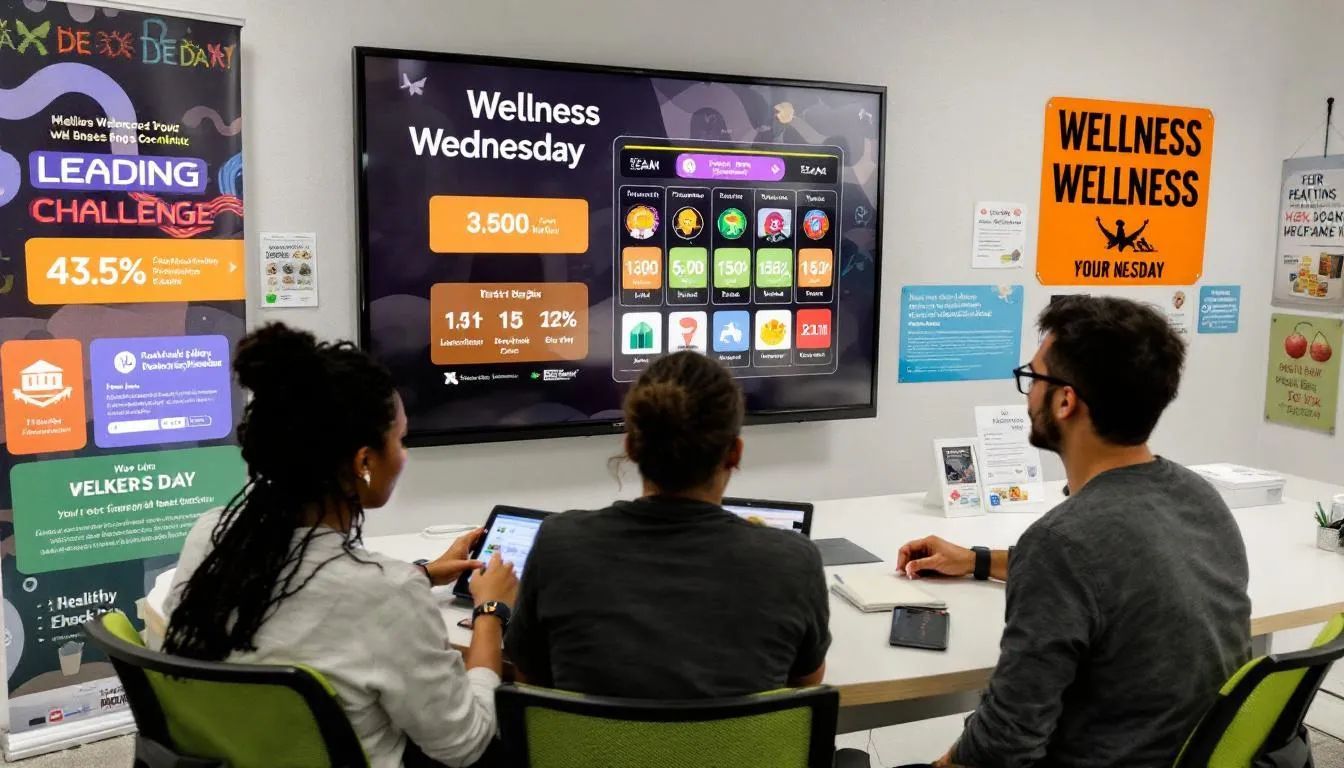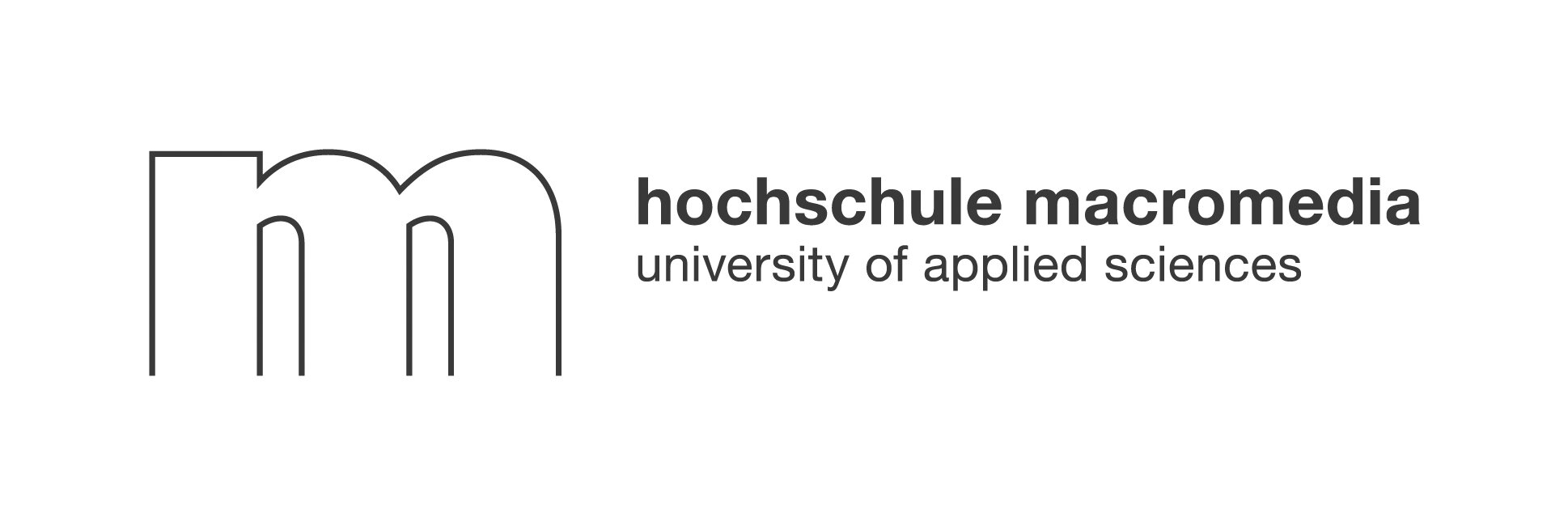In 2025, the workplace is more flexible and dispersed than ever. Yet the demand for genuine connection, well-being, and productivity is at an all-time high. Corporate workout programs are no longer just about discounted gym memberships or the occasional yoga class—they’re evolving into intelligent, inclusive ecosystems that help employees thrive, wherever and however they work. But why do so many traditional initiatives fall short, and how can AI-driven platforms like Neroia finally unlock the true potential of workplace fitness? Let’s explore the future of corporate workout programs and discover how to build a workforce that’s not just fitter, but happier and more connected.
Why Corporate Fitness Matters in 2025
Productivity and Engagement Gains
The link between physical activity and workplace performance is undeniable. Regular movement doesn’t just boost energy; it sharpens focus and creativity. According to research from the World Health Organization, employees who engage in consistent exercise report up to 15% higher productivity. In today’s hybrid work world, where distractions are everywhere, effective corporate workout programs provide the structure and motivation needed to keep teams engaged and firing on all cylinders.
Health Cost Savings You Can Measure
Rising healthcare costs are a major concern for organizations. Corporate fitness programs have proven to reduce absenteeism and long-term health risks. For example, WellSteps reports that companies typically spend $3–$7.50 per employee monthly on fitness programs, but can see returns of $1.50–$3 for every dollar invested due to lower insurance claims and fewer sick days. When employees move more, companies save more.
Employer Branding and Talent Retention
In 2025, top talent expects more than a paycheck—they want to feel valued and supported. A robust corporate workout program signals a commitment to employee well-being, helping organizations stand out in a competitive talent market. Companies that prioritize wellness see 25% lower turnover rates, making fitness initiatives a smart investment in both people and brand reputation.
Core Elements of Successful Corporate Workout Programs

On-site, Virtual and Hybrid Models
Today’s workforce is scattered across offices, homes, and co-working spaces. The most effective corporate workout programs offer flexibility:
- On-site: Traditional gyms, fitness classes, or walking groups at the office.
- Virtual: Live-streamed or on-demand classes via platforms like Wellbeats or ClassPass.
- Hybrid: Blended models that allow employees to participate from anywhere and connect with colleagues both in-person and online.
This variety ensures everyone, from remote workers to in-office staff, can join in.
Governance, Policies and Liability
A great program needs clear guidelines. Companies must set policies around participation, privacy, and safety. Liability waivers, health screenings, and clear communication about voluntary involvement protect both the organization and employees. Modern platforms often handle these logistics digitally, streamlining sign-ups and compliance.
Tech, Wearables and Data Security
Wearables and fitness apps have become core to tracking progress and encouraging participation. Yet, with more data comes greater responsibility. Secure platforms must anonymize and protect employee information, offering only aggregated insights to HR. Neroia, for example, emphasizes privacy by using anonymized analytics, ensuring employees feel safe while organizations get valuable engagement metrics.
Step-by-Step Framework to Design Your Company’s Fitness Strategy
1. Assess Workforce Needs and Preferences
Start by surveying your team. What activities interest them? Do they prefer group classes, solo challenges, or flexible, informal meetups? In hybrid settings, accessibility and personalization are key. Use digital tools to gather feedback and identify trends.
2. Set SMART Wellness Goals
Define clear, measurable objectives. For example:
- Increase employee participation in physical activities by 20% in six months.
- Reduce reported stress levels by 15% through regular wellness events.
- Launch at least three new activity types (e.g., yoga, running, cycling) each quarter.
“Setting specific, achievable goals makes it easier to track progress and celebrate wins—fueling ongoing motivation.”
3. Launch, Communicate and Iterate for Impact
Roll out your program with enthusiasm. Use multiple channels—email, chat, company intranet—to reach everyone. Highlight stories and successes, and invite feedback. The best programs adapt over time, refining offerings based on participation data and employee input.
10 Innovative Program Ideas Employees Will Actually Use
Not all corporate workout programs are created equal. The most engaging ones break the mold, blending fun, flexibility, and social connection. Here are ten ideas to inspire your strategy:
- Fitness mentorship circles: Pair employees with fitness mentors or buddies for regular check-ins and encouragement.
- Wellness Wednesdays: Dedicate a midweek slot to guided walks, meditation, or creative movement.
- Desk-to-5K transformation journey: Guide employees from sedentary routines to completing a 5K, with structured training and group support.
- FitBreaks micro-workouts: Schedule short, energizing exercise breaks throughout the day, both virtually and on-site.
- Wellness Bingo & gamified challenges: Use bingo cards or apps to motivate healthy habits, from hydration to daily steps.
“Gamification makes wellness fun and accessible, turning healthy habits into friendly competition.”
- Health hackathons: Let teams design their own wellness initiatives, fostering creativity and ownership.
- Adventure fitness series: Organize outdoor activities like hiking or cycling for team-building and fresh air.
- Group fitness classes with a twist: Offer themed sessions (e.g., Halloween yoga, dance fusion) to keep things exciting.
- Virtual fitness bootcamps: Inclusive, high-energy workouts for distributed teams.
- Corporate sports leagues: Seasonal leagues for soccer, volleyball, or basketball, rotating sports to engage more employees.
Choosing the Right Vendor: 2025’s Top Providers and Evaluation Checklist
Selecting the right partner is crucial for successful corporate workout programs. Here’s a quick snapshot of leading providers:
When evaluating vendors, ask:
- Can the platform integrate with our existing HR or benefits systems?
- How are privacy and data security handled?
- Is there flexibility for hybrid/remote participation?
- What reporting and analytics are available?
- How customizable are the program offerings?
- What support is provided for onboarding and ongoing management?
“The best vendor is one that fits your culture, adapts to your needs, and makes it easy for employees to join in—wherever they are.”
Budgeting and ROI: Costs, Incentives and Metrics That Matter

Typical Investment per Employee
Most corporate workout programs cost between $3 and $7.50 per employee per month. This usually includes access to digital resources, live classes, and program management. Additional investments may be needed for incentives, on-site facilities, or special events.
Incentive Structures That Drive Participation
Effective incentives go beyond prizes. Consider:
- Recognition (leaderboards, shout-outs)
- Wellness stipends or gift cards
- Extra time off for participation milestones
- Team-based rewards to foster camaraderie
Tracking KPIs and Presenting Results to Leadership
To demonstrate impact, track key metrics:
- Participation rates and activity frequency
- Health outcomes (reduced absenteeism, improved biometric scores)
- Employee satisfaction and engagement scores
- Cost savings (e.g., reduced insurance claims)
Present these results in simple dashboards or reports, highlighting both quantitative and qualitative wins.
Future Trends to Watch: What’s Next for Workplace Fitness
AI-Powered Personal Coaching
Artificial intelligence is transforming corporate workout programs. AI can analyze employee preferences and suggest tailored activities, from guided meditation to group cycling. Platforms like Neroia use AI to match coworkers for micro-events, ensuring every session is relevant and engaging.
Gamified Social Challenges
Step challenges, wellness bingo, and leaderboard competitions are gaining traction. These features drive participation by making wellness social and fun, even for remote teams.
Inclusive Mind-Body Experiences
Modern programs increasingly offer yoga, Qigong, and mindfulness sessions, making wellness accessible for all fitness levels and backgrounds. This inclusivity is key to fostering a culture of well-being.
How Neroia Is Revolutionizing Corporate Workout Programs
Traditional corporate workout programs often struggle in hybrid environments. Common pitfalls include inaccessible formats, lack of personalization, and low participation rates. Employees may feel disconnected or overwhelmed by generic, one-size-fits-all offerings.
Neroia is changing the game by leveraging AI to create micro-events—small, interest-based fitness activities that bring together 3–4 coworkers at a time. These micro-events can be yoga sessions, running groups, cycling meetups, or even Qigong, all tailored to individual preferences and schedules. Neroia’s platform integrates seamlessly with wellness tools like fitness apps, wearables, and virtual class providers such as Wellbeats, allowing employees to effortlessly discover activities that fit their lives.
“With Neroia, employees can join authentic, informal fitness sessions that fit their interests—no planning stress, just organic connection.”
Neroia’s AI-driven chat orchestrates scheduling and coordination, removing friction and ensuring privacy through anonymized analytics. HR teams gain powerful insights into engagement trends, while employees enjoy a secure, closed community focused on well-being.
This approach directly aligns with the top trends of 2025:
- Virtual and hybrid participation: Neroia’s platform makes it easy for remote and on-site staff to join the same event, bridging the gap between locations.
- Personalized mentorship and group support: Inspired by models like FITFAMCO’s mentorship circles, Neroia matches employees with similar goals for mutual encouragement.
- Gamified, inclusive challenges: Step competitions and wellness bingo are made more engaging with AI-curated teams, promoting accessibility and fun.
Neroia’s commitment is to replace generic fitness programs with experiences that are truly employee-centric. By breaking down silos and fostering vibrant engagement, Neroia helps companies build cultures where well-being, collaboration, and productivity go hand in hand.
“Neroia’s AI makes workplace fitness personal, social, and impactful—helping every employee feel included and energized.”
As organizations look to the future, corporate workout programs must evolve from static perks into dynamic, employee-driven communities. Neroia is leading this transformation, empowering companies to create fitter, happier, and more connected workforces for 2025 and beyond.
Ready to revolutionize your workplace fitness culture? Discover how Neroia can help your team effortlessly connect, move, and thrive—no matter where they work.




